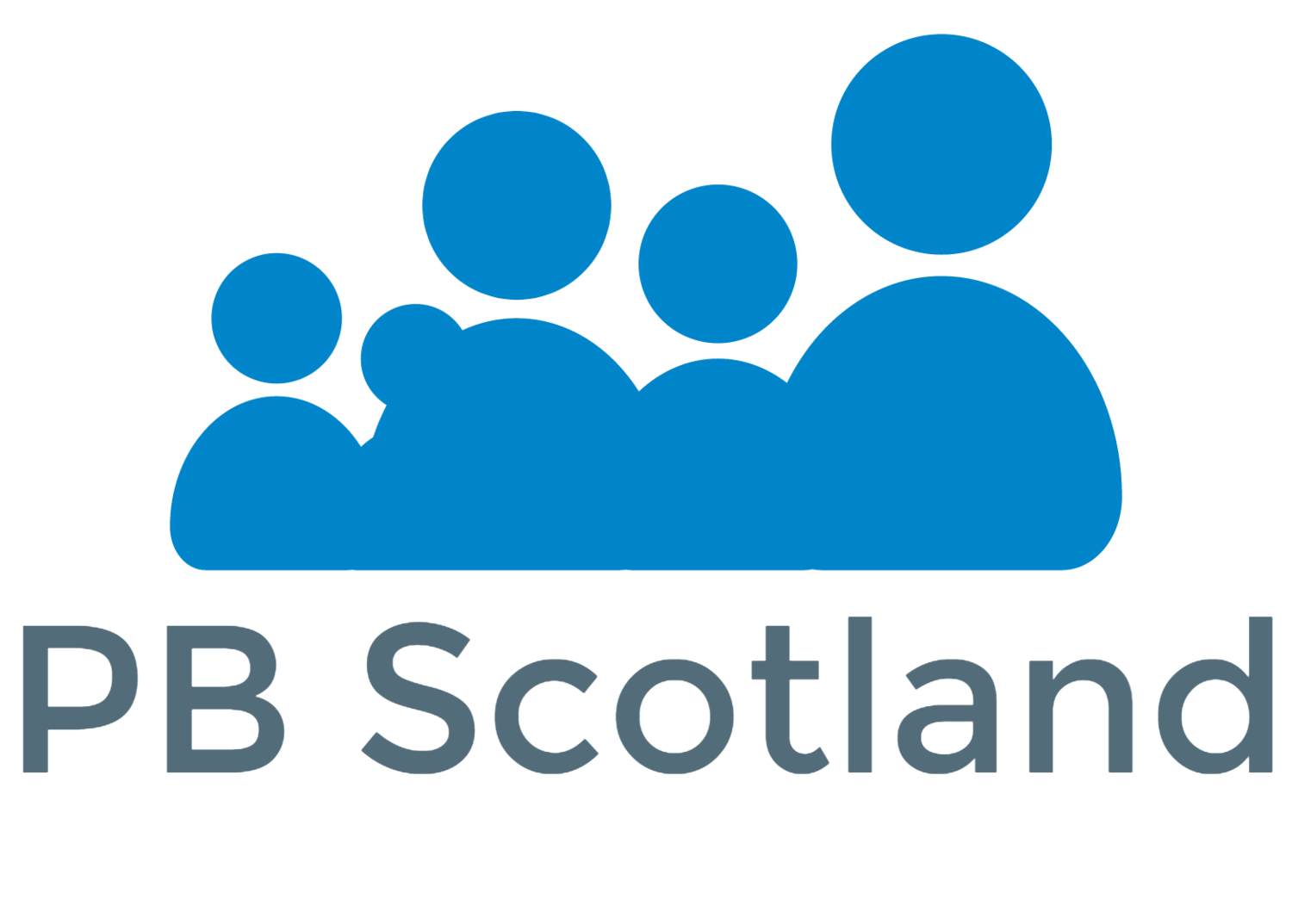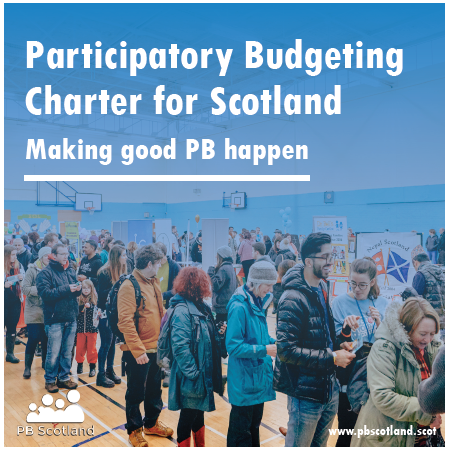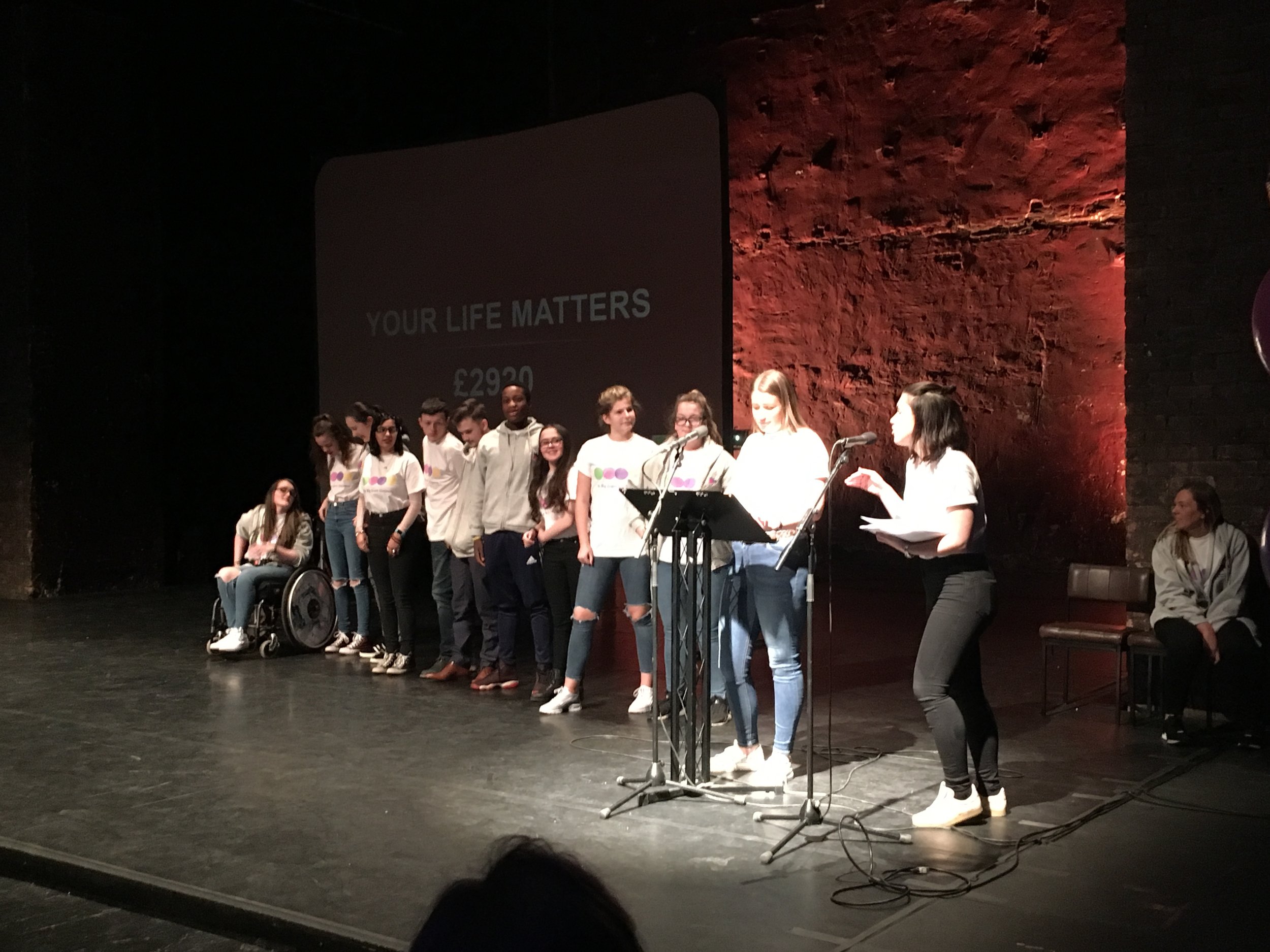A right to a voice: participatory budgeting and children’s rights
/In this blog, Andrew Paterson from PB Scotland shows how PB is a great way to advance children’s right to participate.
Children and young people can contribute a lot to, and get a lot back from, participation in decision making. Participatory budgeting (PB) is a great form of participation as it works in straightforward way and has the clear purpose of voting directly on how to spend a public budget. In addition, a lot of PB ends up being fun and engaging, involving, for example, people performing imaginative ‘pitches’ to an audience to try and get others to vote for their idea.
PB has been growing fast in Scotland for a few years now, and children and young people have had a big part to play, with many PB initiatives being aimed at young people. Examples include:
Photo from Youthbank event
Pupils and their parents attended a voting event to decide how two primary schools in Castlemilk, Glasgow should spend £10,000 to help lower the ‘hidden’ costs of the school day for families.
Youthbanks, which allow young people to set priority themes for how funding is to be spent on local projects for young people and to decide which ideas get funded.
As part of the #YearofYoungPeople, children and young people in Moray presented ideas for projects at a Speyside YP Decide Showcase to decide how to spend a £10,000 funding pot.
PB connects with people of all ages. One primary four pupil at the Castlemilk event said at the event
“You should be able to vote if you’re 7 or 8…. or under 20. [If people told me I couldn’t vote] I’d just vote anyway.” (Amy, voter at Castlemilk Community Funding event)
An eight-year old at a Leith Chooses PB event in Edinburgh said:
“I came to vote because I want my voice to be heard and I think it’s important that the community get to decide and not just the Council. I voted for things that are important to me, less loneliness and homelessness”. (Sylvie, voter at Leith Decides)
Young volunteers from YoMo (Young Movers), a Youthbank-affiliated organisation in Glasgow’s East End gave a brilliant input into our International PB Conference in Edinburgh a couple of years ago. They described how being involved in generating ideas for projects to make funding decisions gave them a range of transferable skills and training certificates.
“Through being involved in this participatory budgeting programme we have gained social skills, money management, budgeting, communication skills and interview skills.” (Carly, YoMo volunteer)
“Being involved in a participatory budgeting programme gives us the opportunity to make the community better, but most importantly it provides us with opportunities that we would otherwise not have” (Darren, YoMo volunteer)
Unicef has stated: “Child participation has been widely acknowledged as one of the most important dimensions of children’s rights for the last 30 years.” Furthermore, looking at the different articles of the United Nations Convention on the Rights of the Child (UNCRC), it’s not difficult to see what bearing PB, and participation more generally, have on children’s rights.
For instance, article 3 of the UNCRC states that “The best interests of the child must be a top priority in all decisions and actions that affect children.” A key principle behind PB is that better decisions are made when the people affected by those decisions are involved in making them. PB also has a clear impact on children and young people’s right to be heard (article 12).
Voting
As a tool or approach, PB can be thought of as a useful way for any duty-bearer to support children’s rights, including local authorities and other public bodies.
At the same time, there is growing recognition of the need to think about rights and equality when designing and carrying out PB. The Scottish Government-commissioned interim evaluation report into participatory budgeting in Scotland questioned the extent to which PB in Scotland is addressing equality and involving all groups.
With this in mind, it is the responsibility of those involved in planning or delivering PB to think about how they are involving all groups, including young people. In this context, it is particularly important to think about reducing barriers to participation that young people with equality characteristics may face. This includes black and minority ethnic, disabled and LGBTQ young people.
Anyone thinking of using PB to further children’s rights should check out many of the resources contained elsewhere on the PB Scotland website. You can find introductions, guides and updates as well as opportunities for people to network. Another feature of our site is regular blogs on important issues, including this one on young people and voting.
Digital voting
An example of a useful resource we link to is the Young Scot voting platform. This enables young people to vote online using their Young Scot National Entitlement Card. The Speyside YP Decide event is one of many PB initiatives to make use of the Young Scot voting system.
PB Scotland is also working with our network to develop a PB Charter containing principles to underpin good quality PB in Scotland. Equality will be a key element of the charter, and its development has been informed by discussions around rights.
An aspiration we share with many in the PB Scotland Network is to build on the positive developments in PB in Scotland. The commitment by local authorities to spend 1% of public budgets by 2021 is exciting. Potentially, PB will increasingly be used to enable people to decide how to spend core public budgets such as on infrastructure and some services. However, this makes it even more important that PB gives everyone a chance to participate properly, including children and young people.
This blog is adapted from one written for Together Scotland, soon to be published.








